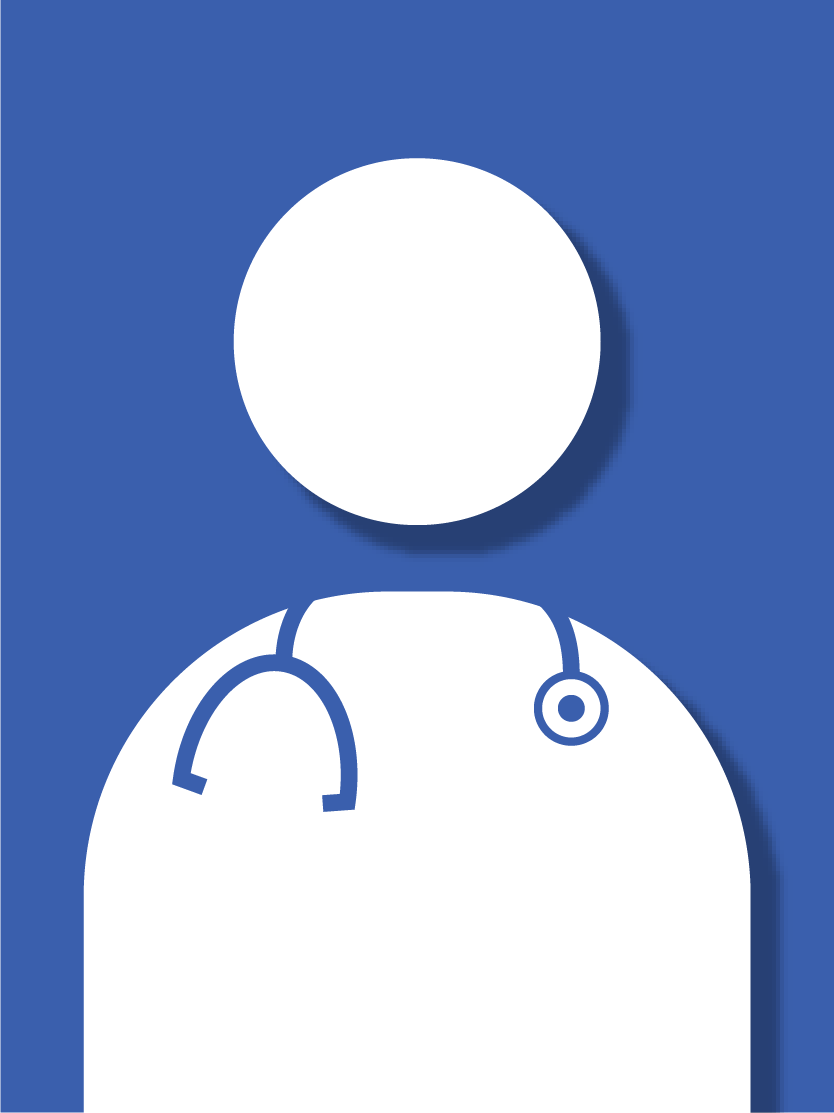- Check your blood glucose and manage the levels. Regularly monitor your blood glucose levels and ensure they are in target. When they are frequently out of target, work with your healthcare provider to adjust your medication regimen.
- Eat well. With type 1 diabetes, you will need to focus on foods that will help keep your blood glucose levels in-range, such as non-starchy vegetables and lean protein. You may need to change the type and/or amount of carbohydrate foods (e.g., fruit, bread, rice, pasta, potatoes and other starchy vegetables, desserts, and sugar-sweetened beverages) you eat. Carbohydrates raise blood glucose levels.
- Exercise. Physical activity helps your body use insulin better and lowers blood glucose. It also helps lower the risk of heart disease.
- When your blood glucose is too low or too high, treat it right away. To prevent any complications from type 1 diabetes, know what to do when your levels are out of target. If they’re too low, eat or drink food that is high in sugar (e.g., fruit juice or glucose tablets). If they’re too high, take medication as instructed by your health care provider.
- Count your carbs. Each carbohydrate requires a certain amount of insulin to keep your blood glucose levels stable. Your health care provider can help you determine your insulin-to-carb ratio and if this approach is right for you.
- Go to medical appointments regularly. Because diabetes can cause complications, it’s important to regularly visit your health care provider.

Patient
Tools

- Home
-
Find Care
-
Patient Resources
- For Patients
- Amenities & Resources A-Z
- Become a Patient
- Clinical Trials
- Don and Cathy Jacobs Health Education Center
- Interpreter Services
-
Insurance & Billing
- Maps & Directions
-
Medical Records
- Pastoral Care
- MyChart
- Office of Patient Experience
- Pharmacy Locations
Policy- About Advance Directives
- Privacy Policy
- Notice of Nondiscrimination for UK Health Programs & Activities
Visitor Resources- For Visitors
- Amenities & Resources A-Z
- Food & Lodging
-
Insurance & Billing
- Maps & Directions
- Patient's Condition & Phone Number
- Pharmacy Locations
Provider Resources- Refer a Patient
- Find a Doctor
-
Provider Portal
-
ResearchAdvanced Practice Providers
- Bioethics
- Emergency Transport
- Physician Liaison Program
- UK•MDs Medical Contact Center
- Employment
Nursing- Mission/Vision
- Leadership
-
EmploymentEducation
- Nurse Residency Program
- Continuing Nursing Education
- Nursing Faculty Orientation
- Nursing Staff Development
- Registered Nurse (RN) Internships
- Nursing Scholarships
- Student Nurse Academic Practicum (SNAP)
- Tuition Reimbursement
Patient Care Areas- Acute Care Nursing
- Behavioral Health Nurse Services
- Central Monitoring System
- Critical Care Nursing
- Emergency Services
- Maternal Care Area Nursing
- Markey Cancer Center Nursing
- Nursing at Kentucky Children's Hospital
- Per Diem Nursing Pool
- Perioperative Nursing Services
- Rapid Response Nursing Teams
- Nursing Special Services
- Ambulatory Care Nursing Services
Professional Practice- Advanced Practice
- Care Delivery Model
- Certifications
- Career Center
- Clinical Nurse Expert
- Community Outreach
- Professional Advancement
- Professional Practice Model
- Research
- Service Line Triads
- Locations
ResearchAbout-
About UK HealthCare
- Directory
- Employment
- Making a Difference
Quality & Safety- Strategic Plan
Arts in HealthCareVolunteer or Observe- Diversity, Equity & Inclusion
- Healthcare Jumpstart Program
Dietetics InternshipNews- Find a Doctor
- Appointment
BackBackRequest anAppointment
Request AppointmentFind aDoctor
Search DoctorsLog in toLearn More | Request a LoginMyChart
Login
















